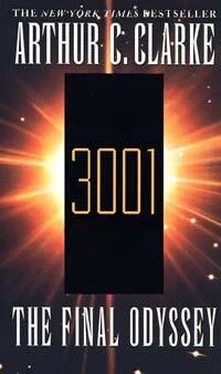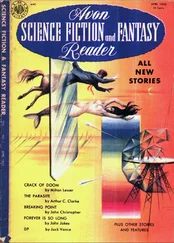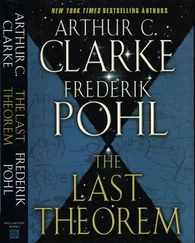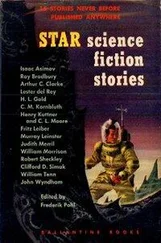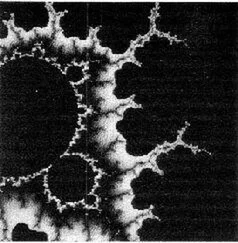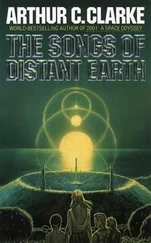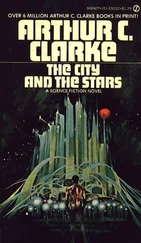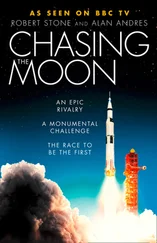Obviously there is no way in which a series of four science-fiction novels, written over a period of more than thirty years of the most breathtaking developments in technology (especially in space exploration) and politics, could be mutually consistent. As I wrote in the introduction to 2061: 'Just as 2010 was not a direct sequel to 2001, so this book is a not a linear sequel to 2010. They must all be considered as variations on the same theme, involving many of the same characters and situations, but not necessarily happening in the same universe.' If you want a good analogy from another medium, listen to what Rachmaninoff and Andrew Lloyd Webber did to the same handful of notes by Paganini.
So this "Final Odyssey" has discarded many of the elements of its precursors, but developed others – and I hope more important ones – in much greater detail. And if any readers of the earlier books feel disorientated by such transmutations, I hope I can dissuade them from sending me angry letters of denunciation by adapting one of the more endearing remarks of a certain US President: 'It's fiction, stupid!'
And it's all my own fiction, in case you hadn't noticed. Though I have much enjoyed my collaborations with Gentry Lee, [ 6] Michael Kube-McDowell and the late Mike McQuay – and won't hesitate again to call on the best hired guns in the business if I have future projects that are too big to handle myself – this particular Odyssey had to be a solo job.
So every word is mine: well, almost every word, I must confess that I found Professor Thirugnanasampanthamoorthy (Chapter 35) in the Colombo Telephone Directory; I hope the present owner of that name will not object to the loan. There are also a few borrowings from the great Oxford English Dictionary. And what do you know – to my delighted surprise, I find it uses no fewer than 66 quotations from my own books to illustrate the meaning and use of words!
Dear OED, if you find any useful examples in these pages, please be my guest – again.
I apologize for the number of modest coughs (about ten, at last count) in this Afterword; but the matters to which they drew attention seemed too relevant to be omitted.
Finally, I would like to assure my many Buddhist, Christian, Hindu, Jewish and Muslim friends that I am sincerely happy that the religion which Chance has given you has contributed to your peace of mind (and often, as Western medical science now reluctantly admits, to your physical well-being).
Perhaps it is better to be un-sane and happy, than sane and un-happy. But it is best of all to be sane and happy.
Whether our descendants can achieve that goal will be the greatest challenge of the future. Indeed, it may well decide whether we have any future.
Arthur C. Clarke
Colombo, Sri Lanka
19 September 1996
1.As every Trekker knows, the Starship Enterprise uses 'inertial dampers' to solve this particular problem. When asked how these work, the series' technical advisor gave the only possible answer: 'very well, thank you.' (See "The Physics of Star Trek" by Lawrence Krauss: HarperCollins, 1996.)
2.However, for a diametrically opposing view, see the above-mentioned "Physics of Star Trek".
3.The search for alien artefacts in the Solar System should be a perfectly legitimate branch of science ('exo-archaeology'?). Unfortunately, it has been largely discredited by claims that such evidence has already been found – and has been deliberately suppressed by NASA! It is incredible that anyone would believe such nonsense: far more likely that the space agency would deliberately fake ET artefacts – to solve its budget problems! (Over to you, NASA Administrators...)
4.At Shepperton, destroyed by the Martians in one of the most dramatic scenes in wells's masterpiece, The War of the Worlds.
5.Which employed a 'slingshot' or 'gravity-assist' manoeuvre by flying close to Jupiter.
6.By an unlikely coincidence, Gentry was Chief Engineer on the Galileo and Viking projects. (See Introduction to Rama II). It wasn't his fault that the Galileo antenna didn't unfurl...
